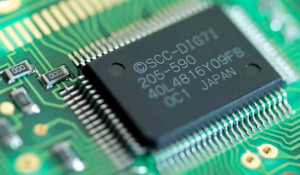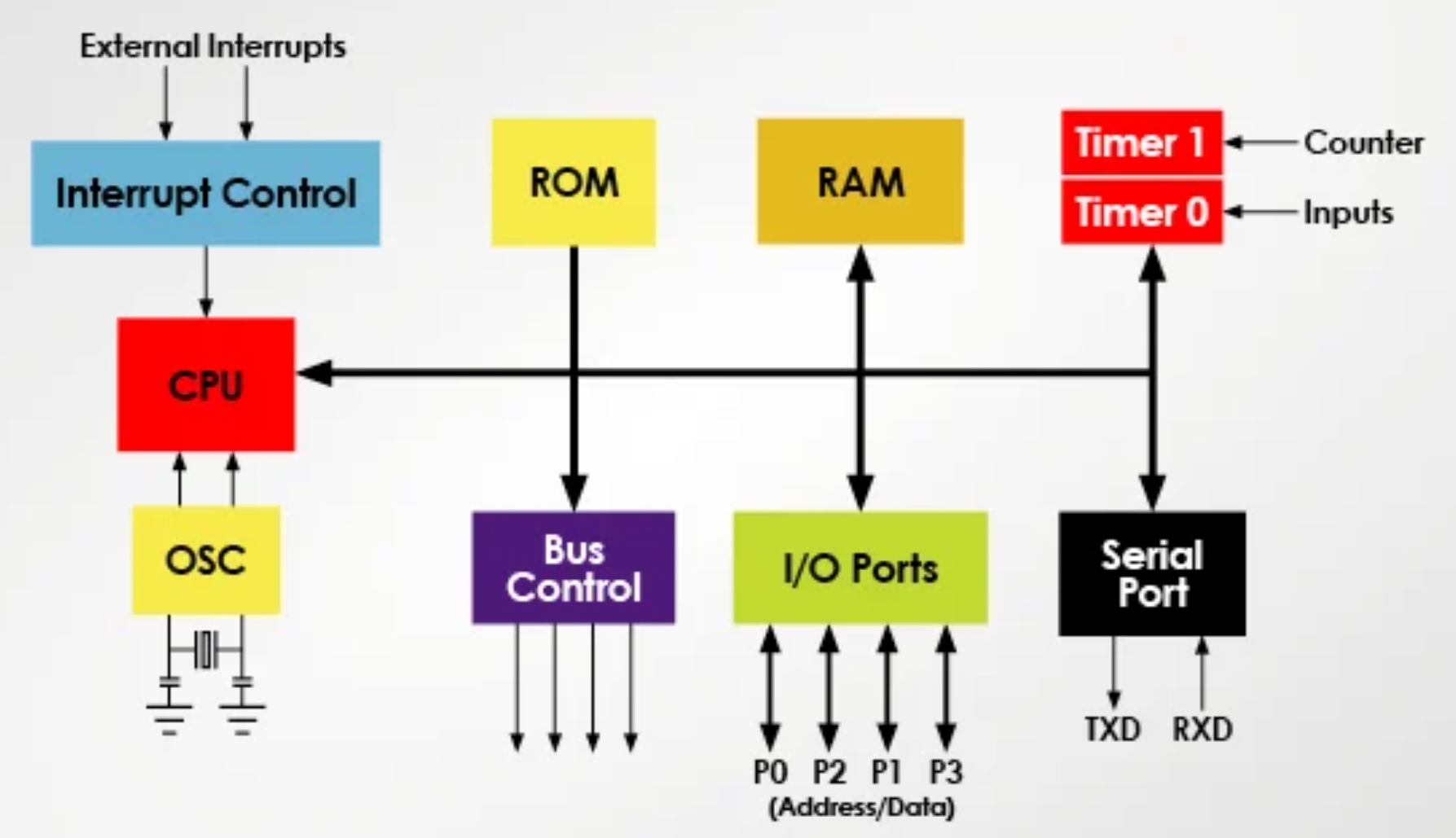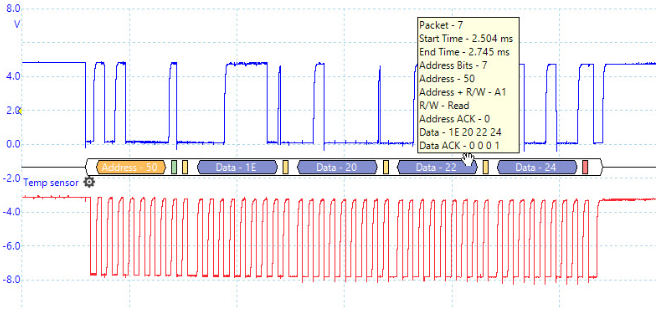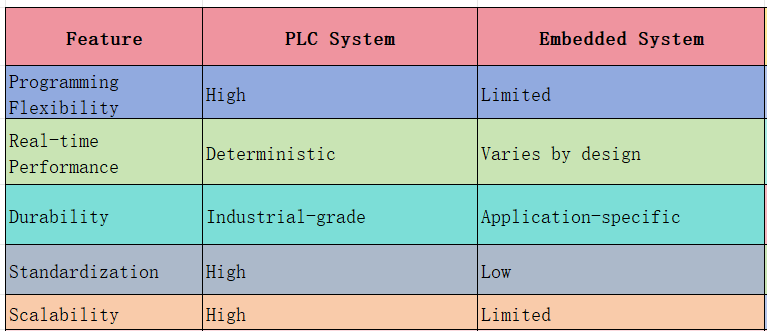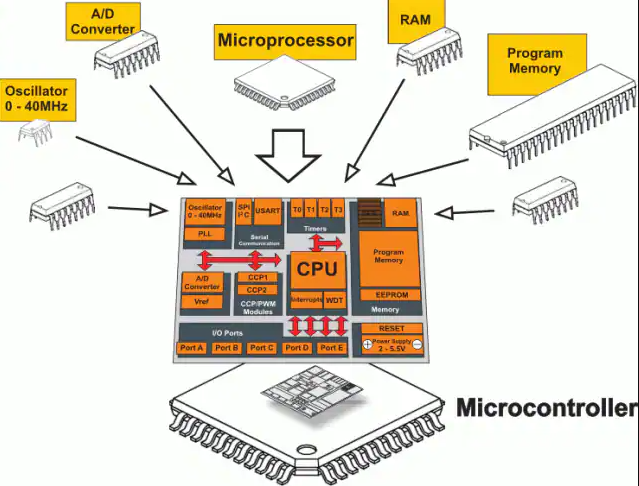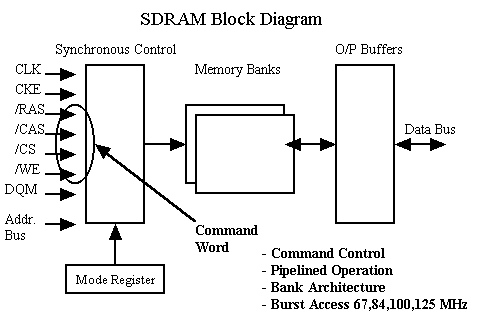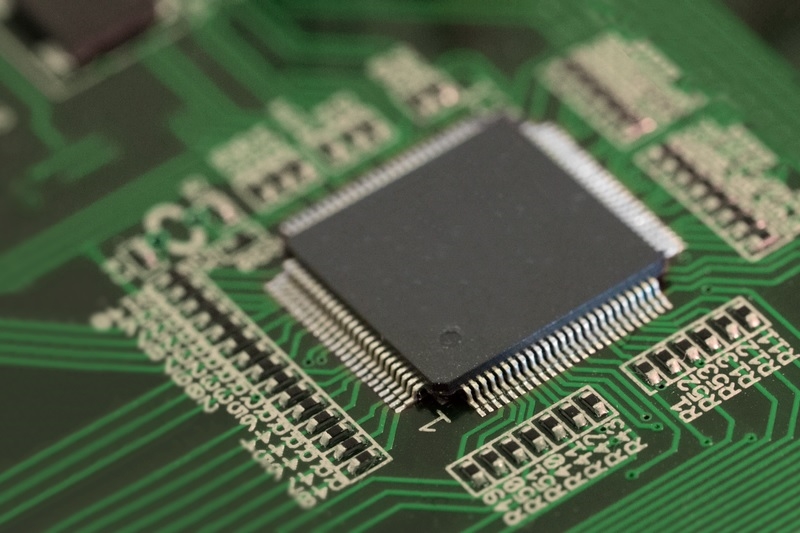Overview
Embedded microprocessors are specialized processors widely used in embedded systems. An embedded system is a computer system integrated into another device whose functions and control are designed for specific application requirements. Embedded microprocessors typically offer small size, low power consumption, high performance, and strong computing capability. Based on architecture and functional characteristics, embedded microprocessors can be classified as follows.
Common Categories
General-purpose embedded processors
Common examples include the ARM series, MIPS, PowerPC, and x86 families. These architectures are mature, stable, and widely used across many embedded applications.
DSP (Digital Signal Processor)
DSP-type embedded processors are optimized for digital signal processing tasks such as audio, video, and image processing. They often include high-speed floating-point units, multi-channel Direct Memory Access (DMA) controllers, and other features to support real-time execution of complex signal processing algorithms.
FPGA-based processors
Field-programmable gate array (FPGA)-based designs combine general-purpose processor cores with programmable logic. They provide hardware customizability and flexibility, enabling implementation of application-specific functions such as image processing and communication interfaces in custom hardware logic.
SoC (System-on-Chip)
SoC designs integrate processor cores, peripheral interfaces, memory controllers, communication interfaces, clock management, and other functions on a single chip. High integration and small form factor make SoCs common in mobile devices, smart home products, and automotive electronics.
GPU (Graphics Processing Unit)
GPU-type embedded processors are specialized for graphics rendering and image processing. They provide strong parallel compute capability and high-speed image processing, suitable for mobile devices, gaming consoles, and virtual reality systems.
NPU (Neural Processing Unit)
NPU-type embedded processors are tailored for deep learning and AI inference. They feature highly parallel architectures and optimized convolution and matrix units to efficiently execute neural network inference tasks.
Summary
Each processor type has distinct capabilities and trade-offs, making them suitable for different application scenarios. As technology and application requirements evolve, embedded microprocessor architectures continue to develop to meet higher performance and integration demands.
 ALLPCB
ALLPCB


